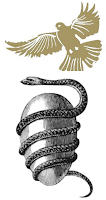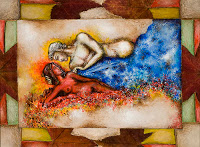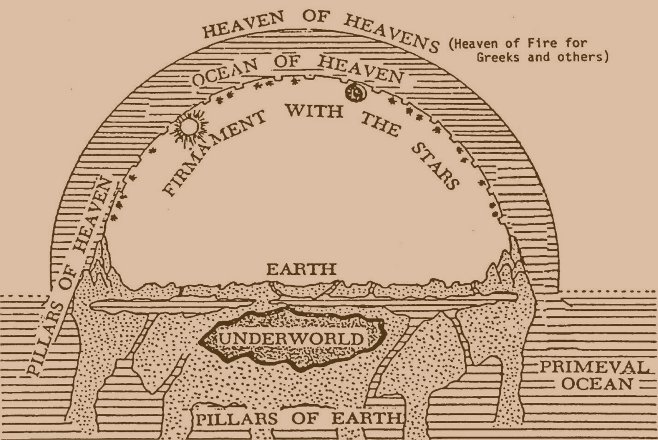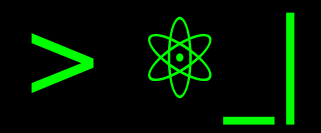Greek Cosmogony#
The cosmogony and cosmology of the ancient Greeks were deeply intertwined. While its cosmological elements have been detached from mythology since the reasoning of the first Greek philosopher, Thales of Miletus, the origin of some of these elements can be traced back to it.
The accounts of Greek cosmogony can be found in the texts of Homer and the Theogony of Hesiod, which illustrate the structure of their universe and its gods.

Ophion warming the egg laid by Eurynome.#
For the Greeks, the universe emerged from chaos, from which a creative force began to take shape and manifest as Eurynome. Eurynome, taking the form of a dove, lays an egg that is warmed by Ophion, the primordial serpent. Once the egg hatches, the universe emerges, and from it Uranus (the sky) and Gaia (the Earth) are born. These constitute the first generation of gods in the theogony. Once the universe is created, Eurynome and Ophion settle on Mount Olympus, but when Ophion attributes the creation of the universe to himself, Eurynome punishes him by sending him to Tartarus <https://en.wikipedia.org/wiki/Tartarus> (the underworld).

Uranus and Gaia, the first generation of gods in Greek theogony.#
The marriage of the first generation of gods, their copulative act generates all the forms of the Earth and the firmament, as well as the first races of the earth, the titans and titanides. The created Earth is circular in shape, and completely surrounded by the great river Oceanus. The surface separated two worlds, the underworld below, and above the firmament as conceived in the form of a solid shell. This latter concept, traceable in Christian and Jewish cultures, is reflected in the separation of good and evil, of perfection and imperfection. The Earth and the underworld are characterized by evil and imperfection, which is why human life exists, and its surface is uneven. The firmament, a representation of the designs of its gods (the constellations and stars were governed by them, and their nature of life was reflected in their forms and movements), was perfect, with circular and spherical shapes, and of a fiery nature.

Mesopotamian cosmology with a flat Earth, extended in the first cosmogonies. Adaptation of New American Bible.#
Nota
The continuation of this publication (as a second part, generated from a talk), is Order and Origin of the Greek Cosmos.
To know more
Myths & Legends. Philip Wilkinson. Dorling Kindersley, London 2009.
